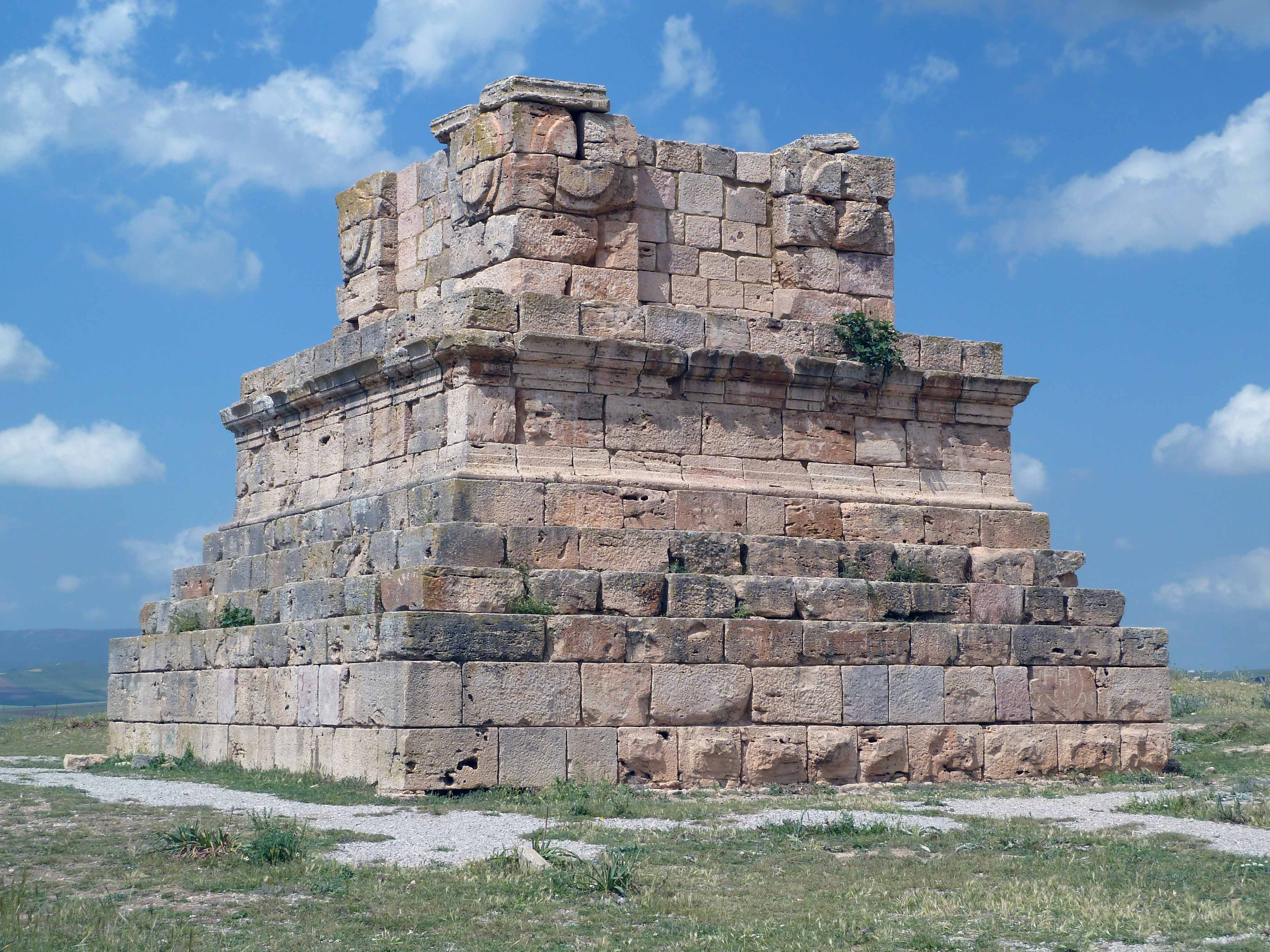An African horseman in Cástulo
Abstract
In Cástulo, a strategic place located on the fluctuating border of Hispania Ulterior y Citerior, a small slate plate with the engraving of an armed horseman was found years ago. The only study published on this piece, in 1983, considered him a Greek horseman. Now we propose that it is an African rider – Numidian o Mauritanian - of those who fought in the Iberian Peninsula during the Second Punic War..
References
Aït Amara O. (2014-2015), Le cheval en Numidie: bilan des connaissances, Aquila legionis 17-18, 23-44.
Aït Amara O. (2020), Le cavalier numide à travers les sources classiques et iconographiques, en: S. Perea Yébenes, M. Pastor Muñoz (eds.), El Norte de África en época romana. Tributum in memoriam Enrique Gozalbes Cravioto, Madrid – Salamanca: Signifer, 113-141.
Amela Valverde L. (2002), La participación de los mauretanos en la batalla de Munda, Aquila legionis, 3, 43-64.
Blanco Freijeiro A. (1983), Un jinete ibérico de Cástulo, Lucentum 2, 199-202 = J.M. Luzón Nogué, P. León Alonso (eds), Antonio Blanco Freijeiro: Opera Minora Selecta, Sevilla: (Universidad), 449-453.
Blázquez J.M. (1979), Cástulo II. Madrid. Excavaciones Arqueológicas en España nº 105.
Blázquez J.M. – M.P. García Gelabert (1994), Cástulo, ciudad ibero-romana, Madrid: Istmo.
Blázquez J.M. – J. Remesal, La necrópolis de El Estacar de Robarinas, en J.M. Blázquez, Cástulo II. Madrid. Excavaciones Arqueológicas en España nº 105, 1979, 349-397.
Bodenheimer F. S., Rabinowitz, A. (1949), Timotheus of Gaza, On animals: Περὶ ζῴων: fragments of a byzantine paraphrase of an animal-book of the 5th century A.D., Paris: Academie Internationale d’Histoire des Sciences; Leiden: Brill.
Callegarin L. (2008), La côte mauretanienne et se rélations avec le litoral de la Bétique (fin du IIIe siè-cle a. C. - Ier siècle p. C.), Mainake, 30, 289-328.
Calvo Delcán C. (1989), Opiano, De la caza - De la pesca. Anónimo, Lapidario órfico, Madrid: Gredos.
Camps G. (1989): Armes, en Encyclopédie Berbère, VI, 888-904.
Conolly P. (2016), La guerra en Grecia y Roma, Madrid: Desperta Ferro.
Correa Rodríguez J. A. (1984), Nemesiano, Bucólicas. Cinegética. De la caza de los pájaros, Madrid: Gredos.
Dodge’s T.A. (1891), A History of the Art of War among the Carthaginians and Romans down to the Battle of Pydna, 168 B. C., with a detailed account of the Second Punic War, Boston & New York: Houghton Mifflin Company.
Duff A.M. (1934), Minor Latin Poets, Harvard: Loeb Classical Library.
Gozalbes Cravioto E. (1994), La intervención de la Mauritania de Bogud en las guerras civiles romanas en la Provincia Hispania Ulterior, en: II Congreso de Historia de Andalucía; Historia Antigua, (Córdoba, 1991), Córdoba: Junta de Andalucía, Consejería de Cultura, 287-293.
Gsell St. (1913-1931), Histoire Ancienne de l’Afrique du Nord, I-VI, Paris: Hachette.
Hamdoune Chr. (1999), Les auxilia externa africains des armées romaines, IIIe siècle av. J.-C. - IVe siècle ap. J.-C., Montpellier: UMR 5609 du CNRS-ESID, Université Paul-Valéry, Montpellier III.
Horn H.-G. — Rüger, Ch.-B. (herausgegeben von), Die Numider. Reiter und Könige nördlich der Saha-ra, Bonn: Rheinische Landesmuseum Bonn.
Jones H.L. (1957), The Geography of Strabo vol. VIII (book XVII), London: Loeb Classical Library.
Lambros Sp. (1885), Aristophanis historiae animalium epitome subjunctis Aeliani Timothei ali-orumque eclogis. Excerptorum Constantini de natura animalium libri duo. Berlin: Reimer.
Lillo Carpio P., Page del Pozo V., García Cano J.M. (2005), El caballo en la sociedad ibérica. Una apro-ximación al santuario de El Cigarralejo, Murcia, Universidad.
Maier A.W. (1928), Oppian, Colluthus, Tryphiodorus, London, Loeb Classical Library.
Quesada F., Fernández del Castillo C. (2008), Armas de Grecia y Roma, Madrid, La Esfera de los Li-bros.
Robles Gómez J.M. (1999), Vegecio, Medicina veterinaria, Madrid, Gredos.
Roldán J.M., Santos Yanguas J. (1999), Historia de España, II. Hispania Romana. Conquista, Sociedad y Cultura (s. III a.C. – IV d.C.), Madrid: Espasa Calpe.
Rodríguez González J. (2005), Los Escipiones en Hispania, Madrid: Megara ediciones.
Seco Serra I, de la Villa Polo J. (2003), Fuentes literarias antiguas sobre los caballos en Hispania, en: F. Quesada Sanz F., Zamora Merchán M (eds.), El caballo en la Antigua Iberia, Madrid: Real Acade-mia de la Historia, 125-140.
Speidel M.P. (1993), Mauri equites. The tactics on light cavalry in Mauretania, AntAfr 29, 121-126.
Ulbert G. (1979), Das Schwert und die eisernen Wurfgeschoßspitzen aus dem Grab von Es Soumaâ, en: Horn H.-G. — Rüger, Ch.-B. (herausgegeben von), Die Numider. Reiter und Könige nördlich der Sahara, Bonn: Rheinische Landesmuseum Bonn, 333-338.
Vigneron P. (1968), Le cheval dans l’Antiquité gréco-romaine. Des guerres médiques aux grandes in-vasions. Contribution à l’histoire des technique, I-II, Nancy: Université de Nancy.
Vives Vallés M. A. — Mañé Sero M. C. (2016), La veterinaria greco-romana, Cáceres: Universidad de Extremadura.
Vogel F., Fischer K.T. (post I. Bekker & L. Dindorf) (1964): Diodori bibliotheca historica, 5 vols., Leipzig: Teubner, 1964 (repr.)
Copyright (c) 2022 Sabino Perea Yébenes

This work is licensed under a Creative Commons Attribution-NoDerivatives 4.0 International License.
CaSteR is published under a Creative Commons Attribution-No Derivatives Licence 4.0 (CC-BY-ND). With the licence CC-BY-ND, authors retain the copyright, allowing anyone to download and share copy and redistribute the material in any medium or format. The work must be properly attributed to its author. It should be also mentioned that the work has been first published by the journal CaSteR.
Having published these contributions for the first time, CaSteR will have the right to publish them integrally or partially as reprints or possibly as part of a thematic issue, in both digital and printed format.
It is not necessary to ask further permissions both to author or the journal.








